I’ve been to a lot of Mexico’s Pueblos Mágicos. As of this writing, I’ve visited 46. Granted, that’s only about one quarter of them. But I have some recommendations for the best of them. If you want to see some of the nicest smaller cities and towns in Mexico, here are my suggestions for the best Pueblos Mágicos.
What is a Pueblo Mágico?
A Magical Town is a place with symbols and legends, towns with history that in many cases have been the scene of transcendental events for our country, they are places that show the national identity in each of its corners, with a magic that emanates from its attractions; visiting them is an opportunity to discover the charm of Mexico.
The Magical Towns Program contributes to reassessing a group of towns in the country that have always been in the collective imagination of the nation and that represent fresh and varied alternatives for national and foreign visitors.
Gobierno de México Secretaría de Turismo
We also have to recognize that the Pueblos Mágicos program exists to promote tourism. I don’t think this means any town can buy its way in to the program, although I’ve been to a few that truly made me wonder. I used to think the criteria are difficult to meet, but I’m less sure of that after my last trip to visit a number of them. In 2023, 45 towns were added to the program, bringing the total from 132 to 177. To me that seems like too many, and it definitely felt like some of the towns I visited had no business being part of the program. (I recommend Pueblos Mágicos: What are Mexico’s 132 magical towns and are they worth visiting? for an excellent assessment.)
I also have to acknowledge that some of the towns in the program are not necessarily special in and of themselves but are gateways to sites or regions worth visiting. Still, my assessment is of the towns themselves. If you want to visit special places, you can base yourself in a nearby Pueblo Mágico. But to my thinking, you won’t find magic in the town itself.
In any case, many of the Pueblos Mágicos feel magical. Here are my favorites.
The best Pueblos Mágicos
Click the links to jump down to my review of each town.
Bernal, Querétaro
Lagos de Moreno, Jalisco
Mazamitla, Jalisco
Nochistlán, Zacatecas
Pátzcuaro, Michoacán
Real de Catorce, San Luis Potosí
San Sebastian del Oeste, Jalisco
Tapalpa, Jalisco
Tepoztlán, Morelos
Tequisquiapan, Querétaro
Tlaquepaque, Jalisco
Bernal, Querétaro
The big rock just outside Bernal is the big attraction here, but it’s also a bustling town with lots of tourists and, therefore, lots of things for tourists to do. Here you’ll find plenty of good restaurants and clubs with live music. In addition, there’s plenty of enticing street food. And street performers in costume enlivened the main plaza on an ordinary weekday night.
If you are adventurous, a lot of opportunities to climb the rock are available from tour providers in town. Or you can hike it on your own. There is a relatively easy route, less than an hour to a viewpoint partway up, and there are more challenging climbs as well.
¡Provecho!
I had an excellent dinner at Folk.
Bernal is about an hour east of Querétaro City. Find Bernal on Google maps.
Lagos de Moreno, Jalisco
Lagos is chock full of charm and boasts several brilliant examples of architecture from the colonial period. The Parroquia de Nuestra Señora de la Asunción is considered one of the finest examples of Baroque architecture in the Americas. It faces on a delightful plaza. Other church highlights include Templo de Nuestra Señora de la Merced, Parroquia de Nuestra Señora de la Luz, and Templo del Calvario, which sits on a hill overlooking the town. There are several pleasant parks and a photogenic bridge, and in the two days I was here I found several good places to eat.
¡Provecho!
Visit Café Mariano Azuela for good coffee, light meals, and cocktails.
Lagos de Moreno is in eastern Jalisco, about 2 hours northeast of Guadalajara, and about 45 minutes northwest of León, Guanajuato. Find Lagos on Google maps.
Mazamitla, Jalisco

Known as “La Suiza mexicana” (the Mexican Switzerland), Mazamitla has much of the charm you might find in a village in the Swiss Alps. The town itself, with its cobbled streets and whitewashed adobe houses with gabled roofs, is just a pleasure to wander through. Markets and food stands seem to be almost ubiquitous.
But what really gives Mazamitla its alpine flavor is the surrounding pine forests and many cabins where you can come to get away from the summer heat. At an altitude of 2,200 meters above sea level, it is generally pleasantly cool here during the hottest time of year.
You could almost forget you’re in Mexico…
¡Provecho!
A great spot for breakfast is Aguascatlán.
Mazamitla is about 2 1/2 hours south of Guadalajara (around Lake Chapala), and about 2 1/4 hours northeast of Colima. Find Mazamitla on Google maps.
Nochistlán, Zacatecas
On my road trip to the Pueblos Mágicos of Zacatecas and Aguascalientes, I only got to stop in Nochistlán for a few short hours. Of all the places I visited on this trip, this was the one where I wished I’d had more time.
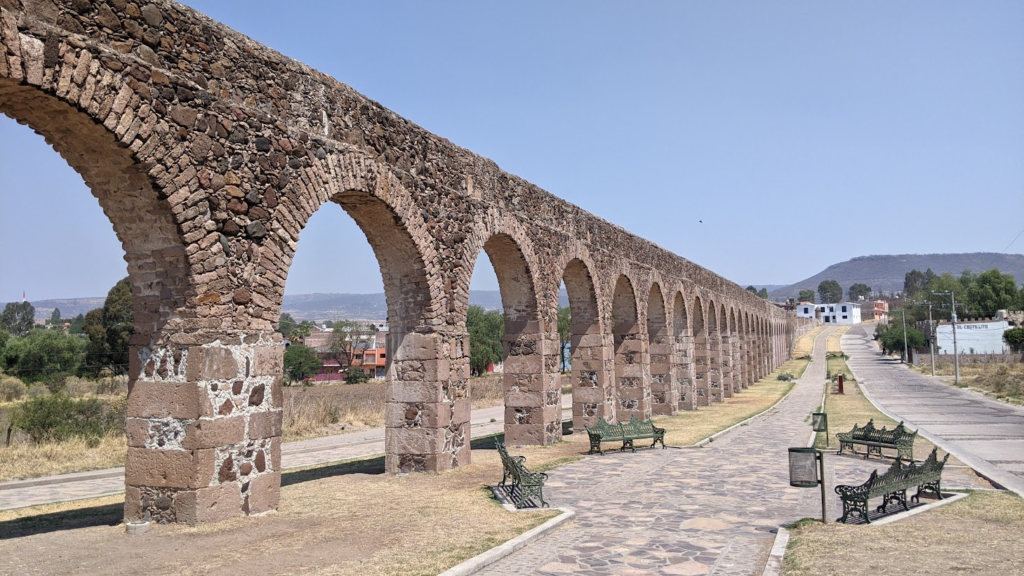
The delightful center surrounds a charming plaza, El Jardin Morelos, jam-packed with shade trees. I just wanted to sit and enjoy the day there, but the streets beckoned with vendors and shops and two attractive colonial churches. Unfortunately I didn’t have a chance to sample any of the local cuisine: the town is known for its many taquerías. It is also known as a musical town, but during my short visit I didn’t get to hear any.
Nochistlán is close enough to visit from my home on an overnight getaway, so maybe I’ll try to get back there to see a little more of it.
Nochistlán is about 3 hours south of Zacatecas City, about 1 1/2 hours south of Aguascalientes, and about 2 1/2 hours north of Guadalajara. Find Nochistlán on Google maps.
Pátzcuaro, Michoacán
At the risk of redundancy, how many of the best Pueblos Mágicos can I describe as “enchanting?”
I could spend days wandering the streets of Pátzcuaro. I wanted to duck into every shop, church, and courtyard, try fruits and baked goods from every stand in the huge outdoor market, and relax for hours in the plaza just watching people.
Perhaps my favorite thing about Pátzcuaro, though, was the extraordinary variety and skill of the many artisans who create and sell their work — especially pottery, woodwork, and wrought iron — all over town.
Pátzcuaro is about an hour southwest of Morelia (the capital of Michoacán), and about midway between Mexico City and Guadalajara, about 4 1/2 hours from either. Find Pátzcuaro on Google maps.
Real de Catorce, San Luis Potosí
Getting to Real de Catorce isn’t easy. It’s a long drive from everywhere, and the last portion of that drive is on a 27km cobblestone road. But it’s worth the trek.
A former mining town that later became a ghost town, today Real de Catorce truly feels magical. It has, in fact, attracted practitioners of shamanism and others seeking spiritual energy.
The cobbled streets, the stone buildings, and the stunning church all date from the late eighteenth and early nineteenth centuries. At its peak in the late nineteenth century, Real had a population of over 15,000. When the price of silver plummeted at the end of the century, so did the population. Today it serves as a destination for tourists and pilgrims.
Walking around the streets of Real is a joy.
¡Provecho!
Meson de la Abundancia is a great spot for an elegant dinner.
Real de Catorce is in northern San Luis Potosí. It is about 3 1/2 hours north of San Luis Potosí City and about 5 hours south of Monterrey, Nuevo Leon. Find Real de Catorce on Google Maps.
San Sebastián del Oeste, Jalisco
Although it is small, San Sebastián is jam-packed with visual delights.
Originally a mining town, the population of San Sebastián has decreased from a high of 20,000 to about 5,000 now. (The last mine closed in 1921.) And there isn’t a lot to see or do in the town itself other than to stroll around and enjoy its many charms.
The town is nestled among hills, and the road to get there is, shall I say, rustic — narrow and partially unpaved.
Probably the best thing to do in San Sebastián is to visit La Bufa, a viewpoint about 45 minutes away via 4x4. We looked for someone to take us there, but unfortunately we had no success, so we will definitely have to come back and do that. I understand you can see all the way to Puerto Vallarta and the Pacific Ocean.
The town’s outskirts have a number of haciendas dating from its mining days. Some have been restored; others are in ruins. Another reason to return will be to pay a visit to some of these.
San Sebastián is in western Jalisco, about 1 1/2 hours east of Puerto Vallarta and 4 1/2 hours west of Guadalajara. Find San Sebastián on Google maps.
Talpalpa, Jalisco
Like Mazamitla, Tapalpa benefits from its altitude (about 1,950 meters above sea level) and is pleasantly cool, or even chilly, when much of Mexico is suffering from high heat. Also like Mazamitla, it’s a nice town to wander around, and there are some nearby sights worth visiting.
Tapalpa is about 2 hours south of Guadalajara. Find Tapalpa on Google maps.
Tepoztlán, Morelos
Tepoztlán was the first Pueblo Mágico I visited, and the only one I went to before I moved to Mexico. I visited at Christmastime in 2017 and spent four nights here. I was looking for a quiet village with charm, a place to relax and enjoy a getaway from cold, rainy Seattle.
It was a great getaway, but it was anything but quiet. Tepoztlán is about an hour south of Mexico City, and chilangos go there in large, raucous numbers on weekends and holidays. I didn’t encounter any gringos at all. And I loved it. Tepoztlán is a pretty town with some excellent restaurants and, it is said, the best ice cream anywhere in Mexico. And it is especially known for the temple of Tepozteco, on a hill overlooking the town.
Here you can find more photos from my visit to Tepoztlán.
Find Tepoztlán on Google maps.
Tequisquiapan, Querétaro
Tequisquiapan has everything I hope for when I visit a Mexican town: pleasant streets lined with colonial architecture, an impressive church overlooking a grand plaza, lots of shops selling local crafts, and good places to eat. Throw in some green space and you have a truly delightful place to visit.
Tequisquiapan is popular as a weekend getaway for residents of Mexico City and Querétaro City. At the entrance to the city is a huge mercado, and many other local markets make it a great place for shopping or window shopping.
Tequisquiapan is located in the southeastern part of the state of Querétaro, about three hours north of Mexico City and an hour east of Querétaro City. Find Tequisquiapan on Google Maps.
Tlaquepaque, Jalisco
I think of Tlaquepaque (officially San Pedro Tlaquepaque) more as a district of Guadalajara, but it is a city in its own right, with a population over half a million. The part of Tlaquepaque that earns it its Pueblo Mágico designation is compact and walkable, with a main street (Calle Independencia) that is open for pedestrians only. Along that street are many shops, galleries, and restaurants.
Tlaquepaque is also famous for mariachi.
Tlaquepaque is adjacent to Guadalajara. Find Tlaquepaque on Google maps.
The rest of the Pueblos Mágicos
Here are all the other Pueblos Mágicos I’ve visited. Some of these are worth a visit if you are in the general vicinity; some are not.
The next best list
Here are the towns the fall just short of my favorites:
Ajijic, Jalisco
Amealco de Bonfil, Querétaro
Asientos, Aguascalientes
Calvillo, Aguascalientes
Creel, Chihuahua
Dolores Hidalgo, Guanajuato
Jalpa de Cánovas, Guanajuato
Jalpan de Serra, Querétaro
Jiquilpan, Michoacán
Mineral de Pozos, Guanajuato
Pinos, Zacatecas
Salvatierra, Guanajuato
Sayulita, Nayarit
Sombrerete, Zacatecas
Talpa de Allende, Jalisco
Tequila, Jalisco
Not bad but not magical
These towns really don’t deserve to be called “Magical,” but they’re not terrible places:
Cadereyta de Montes, Querétaro
Comonfort, Guanajuato
Compostela, Nayarit
Jala, Nayarit
Jerez, Zacatecas
Mascota, Jalisco
San Joaquin, Querétaro
Santa María del Río, San Luis Potosí
Xilitla, San Luis Potosí
Bad
Unless bribes were involved, these towns would never ever make any list of magical anything:
Aquismón, San Luis Potosí
Ciudad del Maíz, San Luis Potosí
Guadalupe, Zacatecas
Pinal de Amoles, Querétaro
San José de Gracia, Aguascalientes
Temacapulín, Jalisco
Teúl de González Ortega, Zacatecas
Tierra Nueva, San Luis Potosí

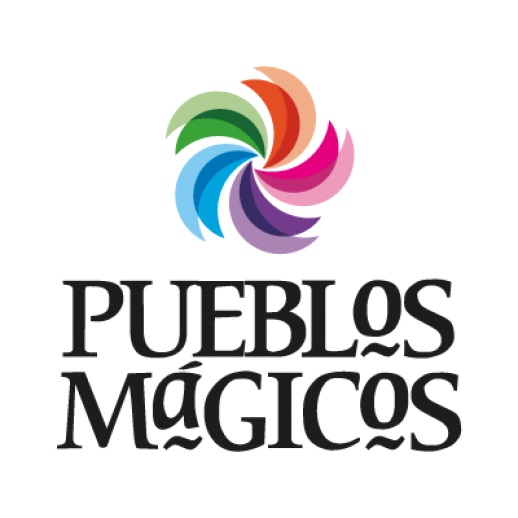
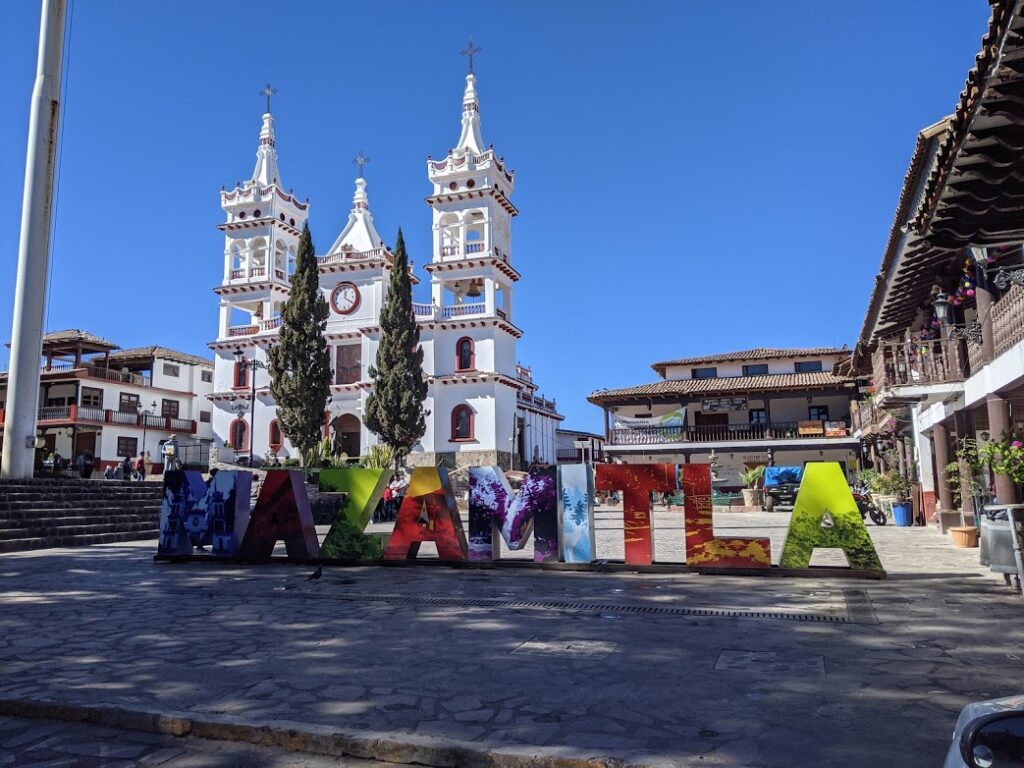
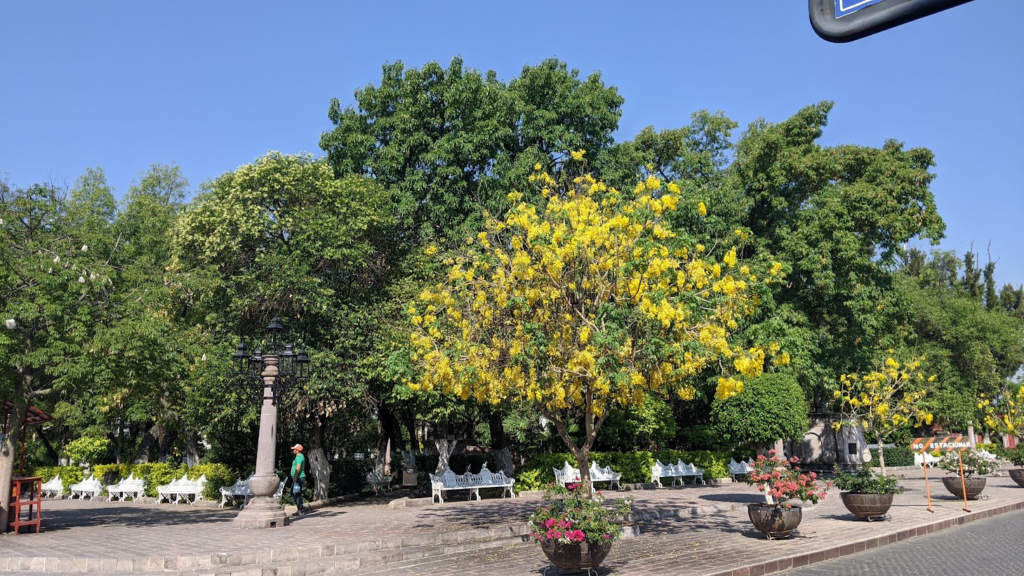
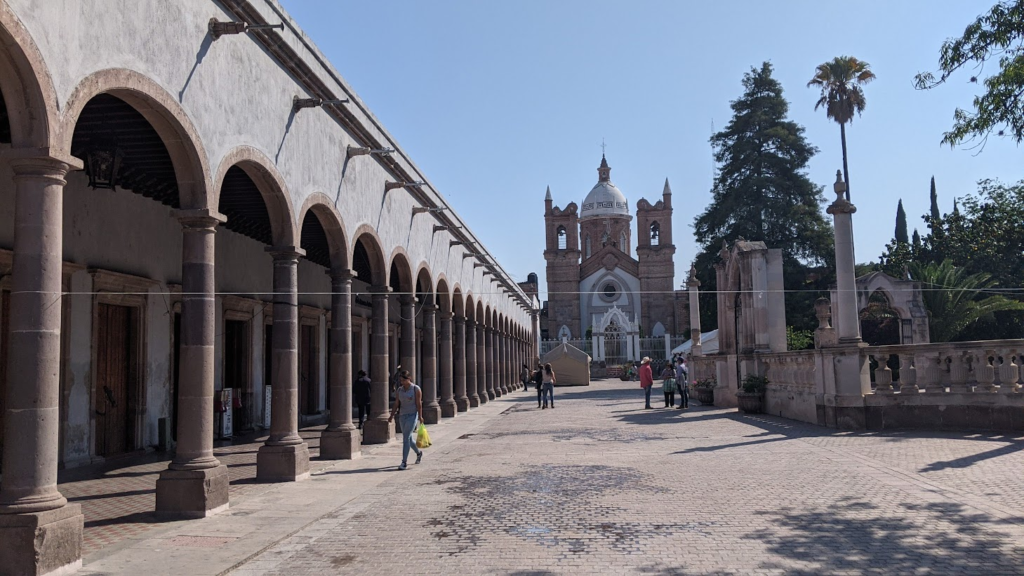
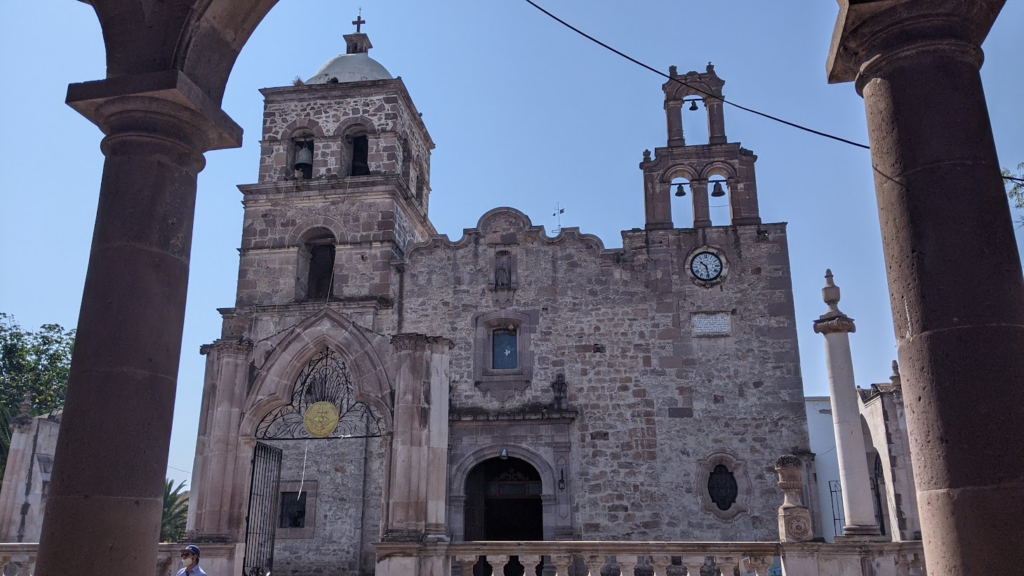
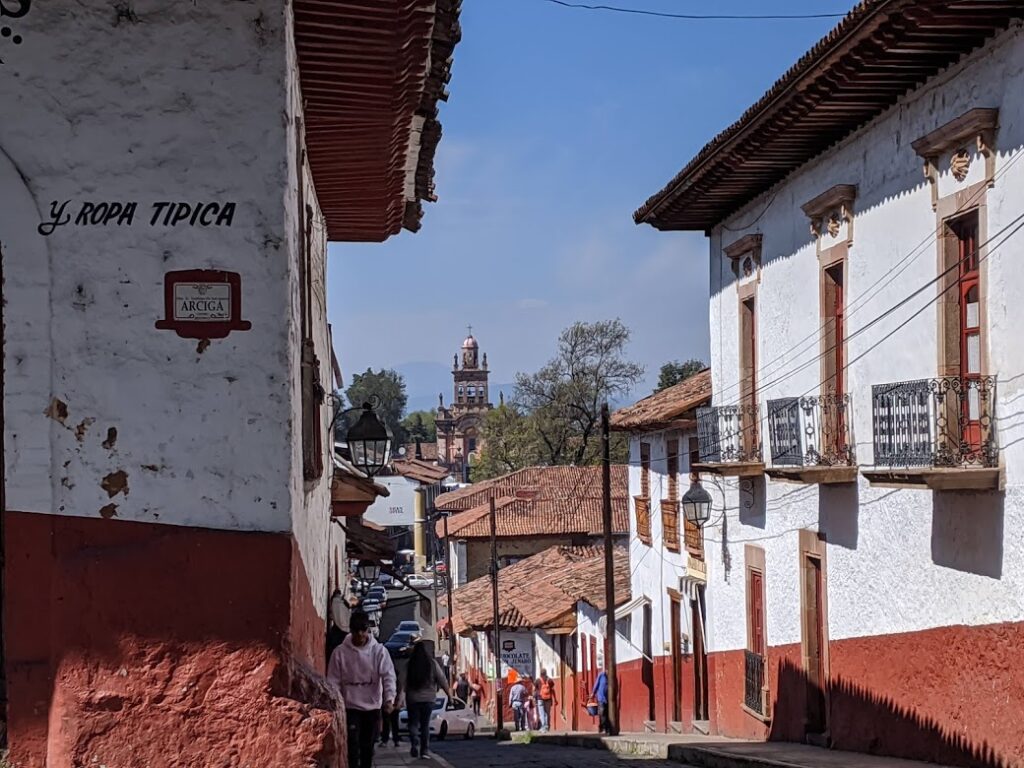
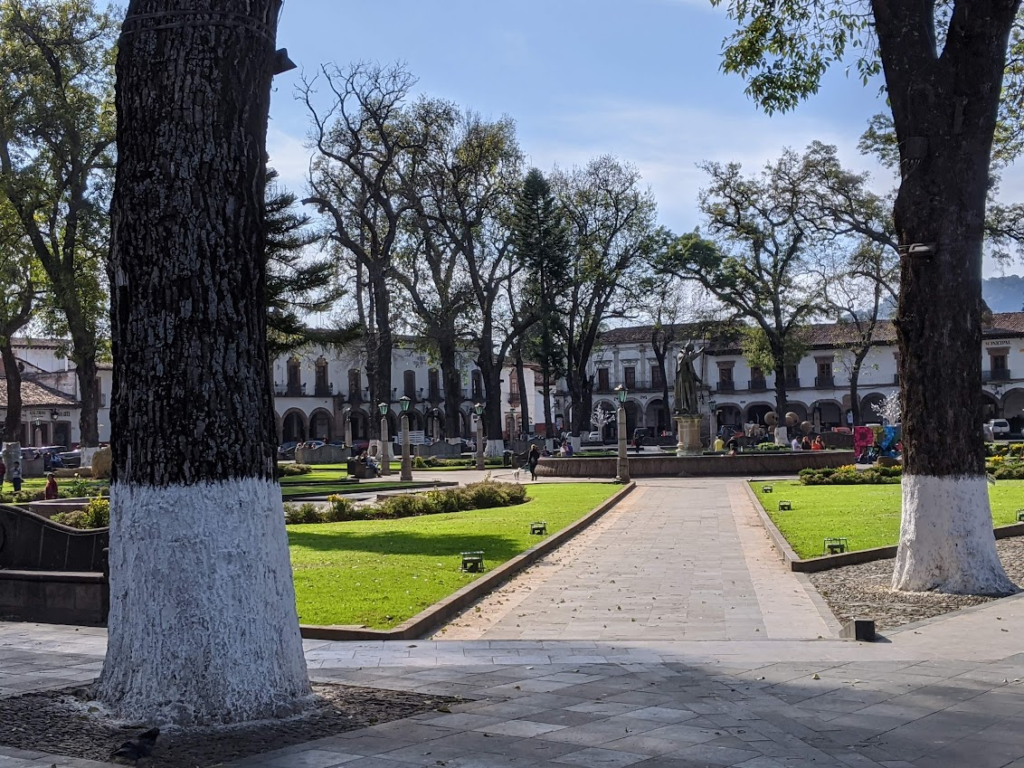

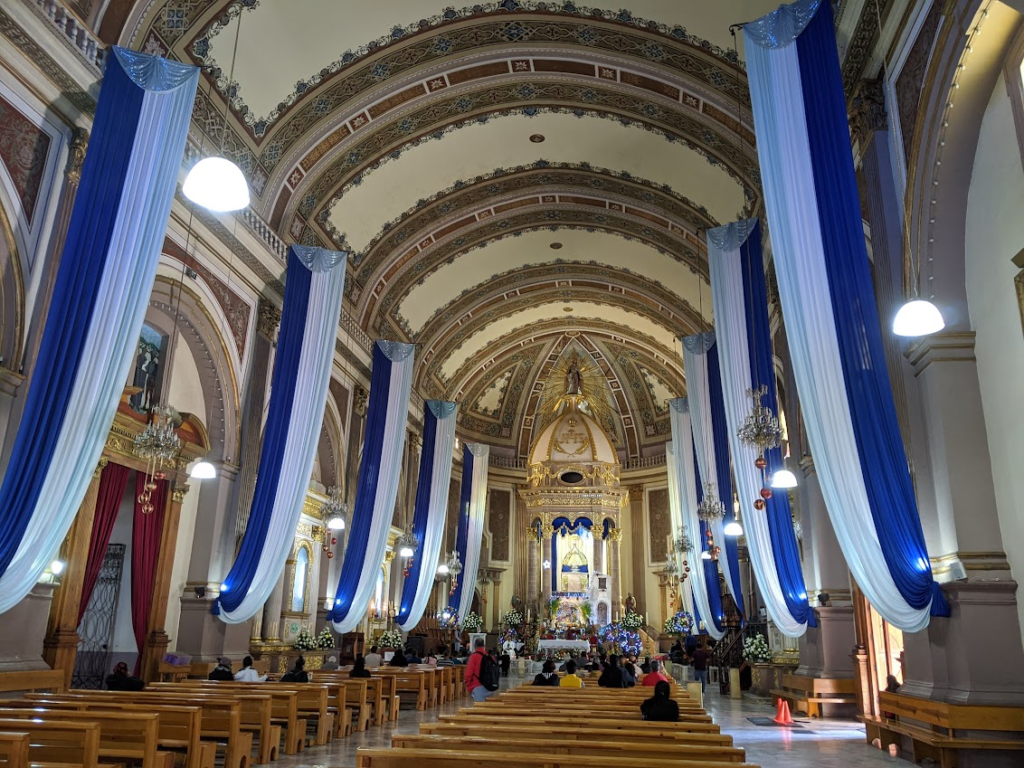

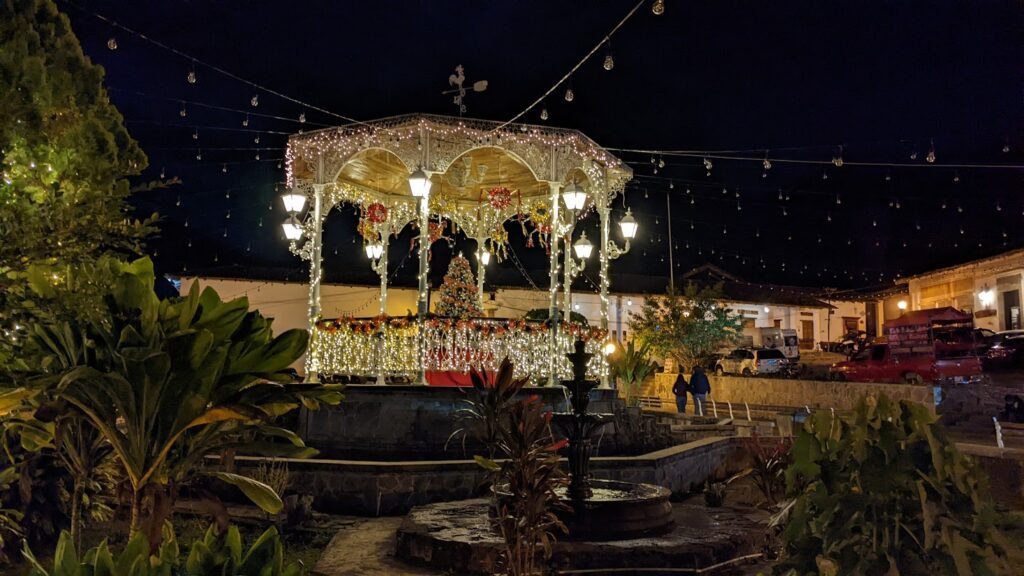
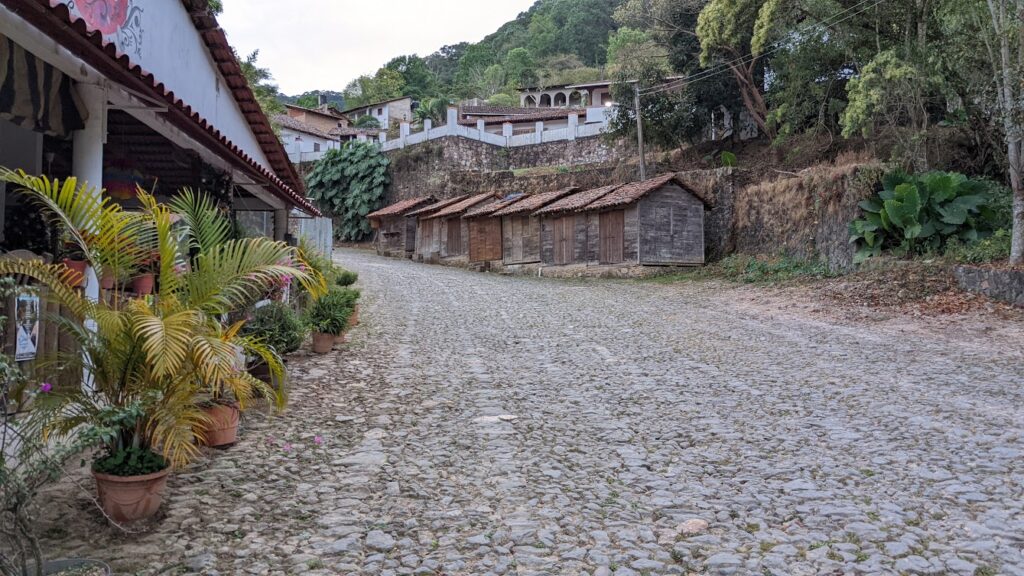
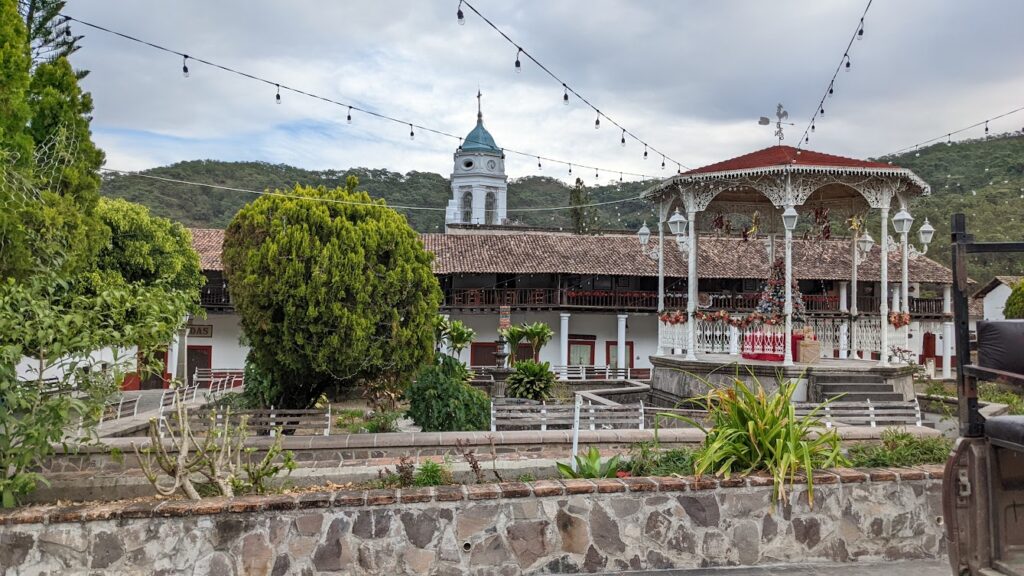
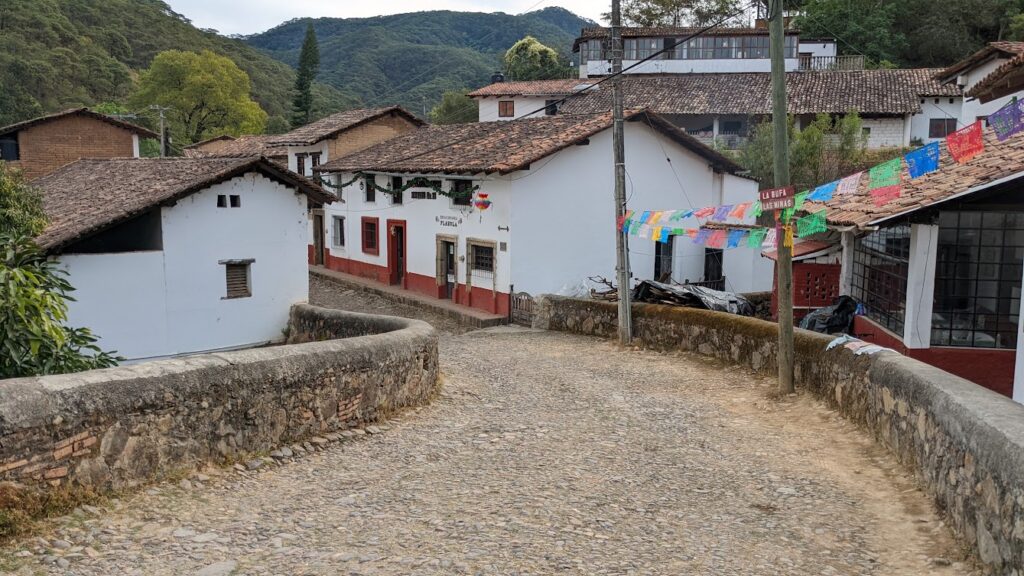
Leave a Reply